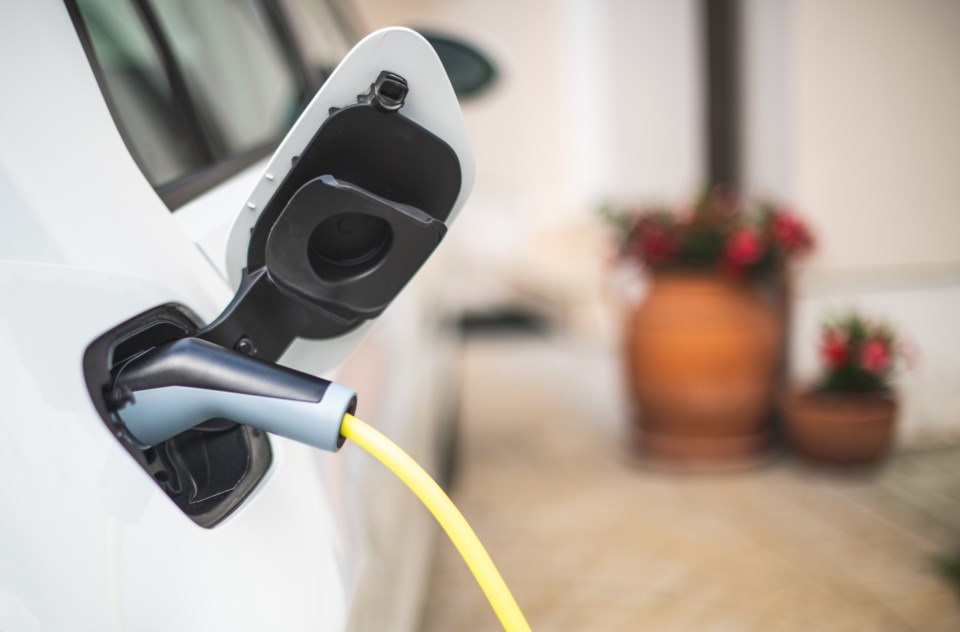New polling data released last month on British Columbians’ attitudes towards zero-emission vehicles (ZEVs) reveals the government’s approach to electrification is setting the province up for failure. The survey finds there is a clear disconnect between the government’s regulated ZEV sales requirements and the realities facing British Columbians when they consider buying a new vehicle.
Let’s start with a bit of background.
The provincial government has the most aggressive ZEV mandate in North America. Known as the ZEV Act, the regulation dictates what vehicles British Columbians can and cannot buy, requiring 90 per cent ZEV sales by 2030 and 100 per cent by 2035.
If ZEV sales do not increase at the rates mandated by the government, the only compliance pathway is through restrictions on the sale of internal combustion engine vehicles and/or the payment of penalties ($20,000 per vehicle).
This means less vehicle choice and higher prices for British Columbians.
The survey found that only eight per cent of respondents know the details of the mandate well. Seven-in-ten were not aware that manufacturers may not be able to provide consumers a gasoline powered vehicle until enough ZEV are sold or they face a penalty.
Not surprisingly, the survey shows that the more aware someone is of the mandate and its implications, the more likely they are to oppose it. Overall, half of ÎÚÑ»´«Ã½ residents oppose the sales mandate outright.
Perhaps most concerning is the fact that nearly 40 per cent of respondents will not consider a ZEV for their next vehicle purchase. With ZEV sales at 21.8 per cent in Q2 of 2024, there is no pathway to 90 per cent sales in five years without significantly more British Columbians considering a ZEV.
When asked what the main barriers are to purchasing a ZEV, respondents identify the purchase price (38 per cent), lack of charging infrastructure (12 per cent) and driving range (12 per cent). Nearly 60 per cent of those surveyed do not believe there will be enough reliable and affordable electricity available in BC to support the government’s ZEV sales regulation targets.
These barriers can be overcome but it requires a comprehensive plan to support consumers with strong purchase incentives, build out charging infrastructure, and invest in the electricity grid.
The CleanBC Go Electric program provides British Columbians with a maximum incentive of $4,000, subject to income testing. For comparison, California’s forthcoming Driving Clean Assistance Program provides incentives for low-income consumers of up to US$12,000 ($16,000).
According to the federal government, at least 28,000 public chargers will be required in the province by 2030. With only 5,973 public charging ports available today there is no obvious pathway to having the needed charging infrastructure to support 90 per cent ZEV sales by 2030 and 100 per cent by 2035. The provincial government has committed to building 10,000 public chargers by 2030, less than half of what is required to support the mandated sales targets.
To support this charging infrastructure, an estimated 2,700 GWh of added electricity generation capacity is required. This is equivalent to nearly half of the annual production of the Site C dam. This requirement will increase to 9,700 gigawatt hours by 2040.
The auto industry is committed to electrification with US$1.2 trillion invested globally in this technology. In ÎÚÑ»´«Ã½, automakers have announced investments of over $40 billion since 2020, the majority of which is dedicated to ZEV assembly and the battery supply chain.
For this transition to succeed realistic policies are needed that support British Columbians that want to switch to electric, not punitive mandates that restrict choice and increase costs.
Brian Kingston is president and CEO of the Canadian Vehicle Manufacturers’ Association.

.jpg;w=120;h=80;mode=crop)
